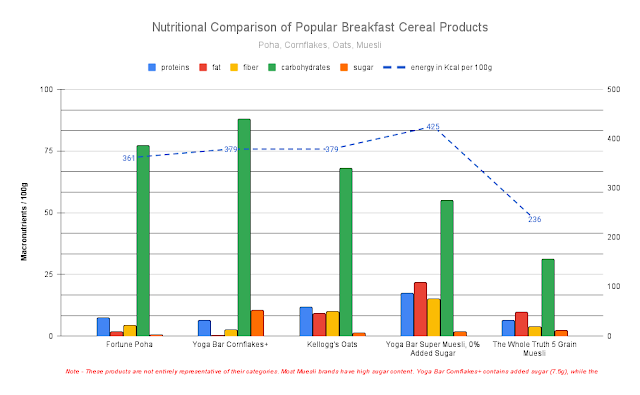Paneer Unwrapped
 |
| Image source: Open Food Facts |
Paneer Composition & Characteristics
- Indigenous dairy product from the Indian subcontinent
- Also known as Indian cottage cheese
- Made through heat and acid coagulation of milk
- Entraps fat and casein complexed with denatured whey proteins, salts, and lactose
- Marble white with firm, cohesive, spongy body and close-knit texture
- Possesses sweetish-acidic-nutty flavor
- Real Paneer contains only milk fat. Analogue Paneer is made using plant-based substitutes like palm oil or soy protein instead of milk fat. Although not illegal it must be clearly labelled. It can't have over 2% trans-fat.
- Adulterated Paneer contains harmful additives like saccharin, fabric whiteners, and chemicals. It can also be unhygienic
Production
- Made from cow milk, buffalo milk, or combination.
- Can also use recombined milk (skim milk powder, cream/butter, water) or reconstituted milk (whole milk powder, water)
- Fat content varies by product type.
- As per FSSAI standards, paneer should contain at least 50% milk fat.
- Coagulated using typically lactic acid or citric acid
- Unlike most cheeses, paneer does not involve rennet in the production process.
Nutritional Value
- Contains nine essential nutrients
- Provides high-quality protein, calcium, and vitamin D
- Protein (casein) builds and repairs muscle tissue
- Calcium and vitamin D strengthen bones and teeth
The nutrition data mentioned in the chart has been gathered from Open Food Facts & the nutrition labels of following products on Amazon.in -
These brands are representative examples for a category, not endorsements.
Also, take a look at this comparison table of packaged Paneer products from different brands, using data sourced from the Open Food Facts India database.
Packaging & Shelf Life
- Typically packaged in laminated plastic pouches
- Also packed in tin containers along with brine.
- Vacuum packaging and heat-sealing extends its shelf life by minimising microbial action and retaining moisture.
- Lasts approximately 1 day at ambient temperature
- Lasts about 7 days under refrigeration (7°C)
- Vacuum-packaged shelf life: 30 days at 6°C
- Heat treatment can extend shelf life up to 90 days
Paneer offers a combination of nutritional benefits and culinary adaptability.
Food Pharmer reviews Paneer brands



Comments
Post a Comment